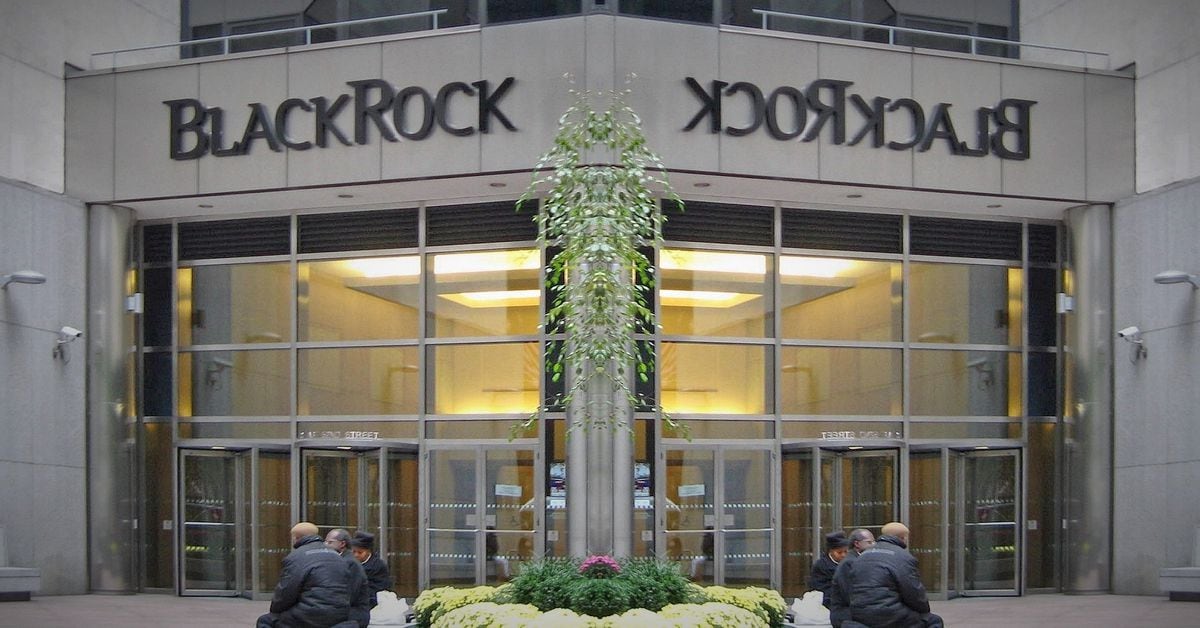Ethereum Rollup Analysis – What makes a rollup optimistic and what makes a rollup with zero knowledge?


Ethereum, the world’s second-largest blockchain network, continues to grapple with scalability issues due to its popularity and increased network congestion, and has been considering the concept of a layer 2 chain since 2014. As more users and decentralized applications (dApps) are launched, transactions have become rapidly more expensive and significantly slower in processing times. To address these challenges, developers have explored various scaling solutions to optimize layer 2, with Ethereum rollups emerging as one of the most promising approaches.
What is an Ethereum Rollup?
Ethereum Rollup is a layer 2 scaling solution that processes multiple transactions on the main Ethereum blockchain (layer 1), bundles them into a single transaction, and then submits this bundled transaction back to the main chain. By moving the bulk of transaction processing off-chain, rollups can significantly increase the throughput of the Ethereum network while reducing gas fees for users.
Rollup is designed to maintain the security and decentralization of the Ethereum mainnet while improving scalability. It achieves this by leveraging the main chain for data storage and dispute resolution while executing transactions in a separate layer. This approach allows rollups to benefit from Ethereum security while minimizing the load on the underlying network.
There are two main types of Ethereum rollups: optimistic rollups and zero-knowledge rollups (ZK-rollups).
Optimistic Rollup
Optimistic rollups operate under the assumption that all transactions are valid until proven otherwise. They process off-chain transactions and submit transaction data to the main Ethereum chain along with cryptographic proofs. Anyone who suspects a fraudulent transaction can file a complaint during the dispute period. If a transaction turns out to be invalid, Rollup runs “fraud prevention” and reverts the invalid transaction.
Advantages of optimistic rollup:
- It is computationally inexpensive compared to ZK-Rollup.
- It is simpler to implement and integrate with existing Ethereum infrastructure.
- Compatibility with the Ethereum Virtual Machine (EVM) makes it easier to migrate dApps.
Disadvantages of optimistic rollup:
- Extension of withdrawal period due to dispute period (up to 1-2 weeks)
- Potential vulnerability to fraud issues
- Relies on the availability of honest validators to challenge invalid transactions
Examples of optimistic rollup projects include Optimism and Arbitrum.
Zero-knowledge rollup (ZK-rollup)
ZK-Rollup uses zero-knowledge proofs, a cryptographic technique that allows one party to prove the validity of a statement to another party without revealing any additional information. In the context of Ethereum rollups, ZK-Rollups process off-chain transactions and generate cryptographic proofs called Succinct Non-Interactive Arguments of Knowledge (SNARKs), which are then submitted to the main Ethereum chain.
Advantages of ZK-Rollup:
- Proof of validity can be verified immediately, resulting in faster transaction finality.
- Higher throughput compared to optimistic rollup.
- Transaction history is not disclosed on the main chain, allowing for better privacy.
- No need for dispute period, shortened withdrawal time
Disadvantages of ZK-Rollup:
- Higher computational cost for generating proof of validity
- More complex to implement and integrate with existing infrastructure
- Higher workload for compatibility with EVM, often requiring smart contracts to be rewritten for ZK-Rollup compatibility
Examples of ZK-Rollup projects include Loopring, Starkware, and zkSync.
Ethereum Rollup represents a promising approach to scaling the Ethereum network while maintaining security and decentralization. As the ecosystem matures and more projects implement roll-up solutions, users can expect lower transaction costs, faster processing times, and a more accessible and user-friendly experience on the Ethereum network.



